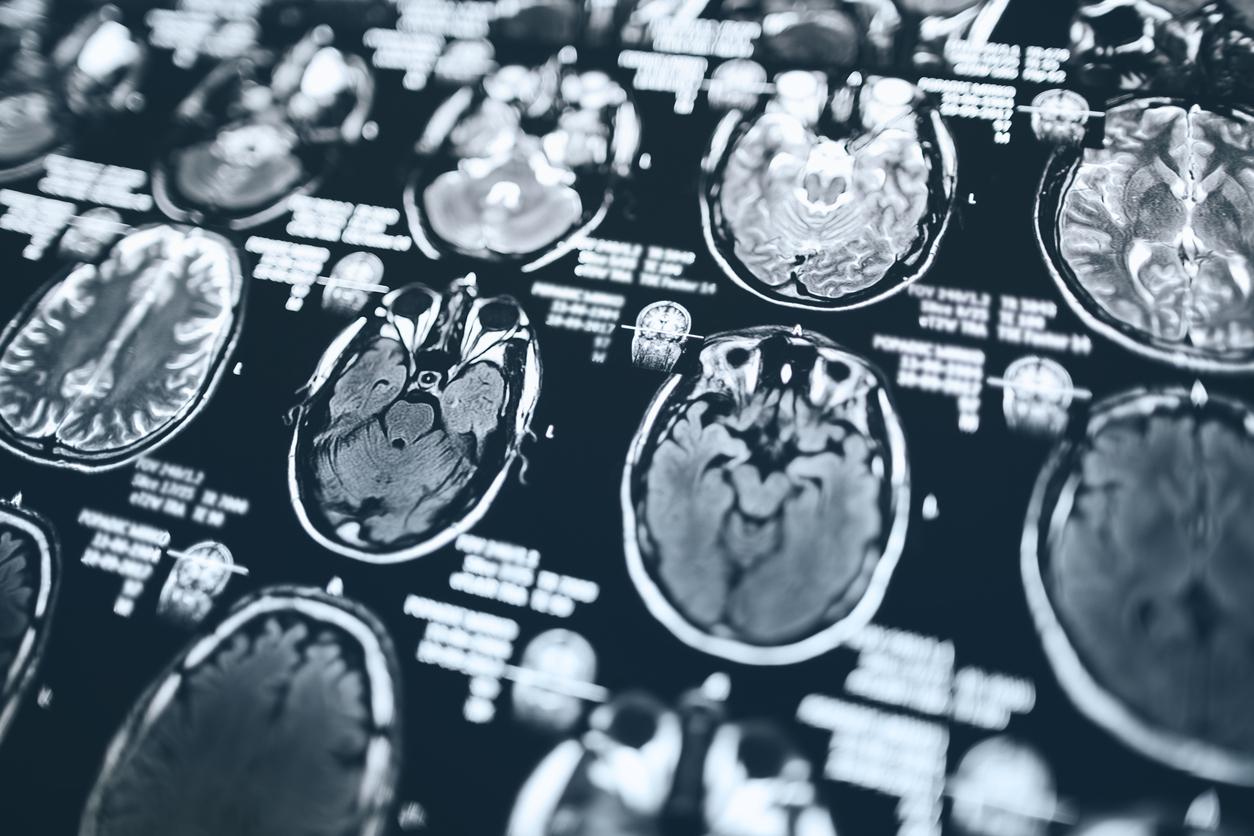There are two main types of diabetes, and here’s how.

- National Diabetes Prevention Week 2024 will run until Saturday, June 8.
- According to Health Insurance projections, 520,000 more people could be affected by diabetes in 2027 compared to 2021, including 500,000 with type 2 diabetes and 20,000 with type 1 diabetes.
- The French Diabetes Federation explains the differences between type 1 diabetes and type 2 diabetes.
On the occasion of this national awareness week, the French Federation of Diabetics recalls the characteristics of type 1 diabetes and type 2 diabetes.
Type 2 diabetes: “a diagnostic delay of around ten years”
Type 2 diabetes is caused by the body’s cells not using insulin properly. “It is an insidious disease that develops without apparent symptoms, or at least barely visible at first,” specifies the French Federation of Diabetics. “Type 2 diabetes has an average diagnostic delay of around ten years, sometimes revealing the presence of complications,” adds the institution.
Type 2 diabetes can be triggered by non-modifiable factors: age, gender and family predisposition. “It can also be caused by modifiable factors such as diet unbalanced, sedentary lifestyle, lack of physical activity, overweight and obesity”, indicates the Federation. “It is mainly social factors and environmental factors which explain the constant increase in type 2 diabetes in France”, she completes.
Type 1 diabetes: “an immediate risk of ketoacidosis and coma”
Type 1 diabetes occurs when the body no longer recognizes the beta cells in the pancreas that produce insulin and gradually destroys them. “It’s an autoimmune disease,” specify the members of the non-profit organization.
Symptoms of type 1 diabetes include: intense thirst, frequent urge to urinate, urine abundant, massive and rapid weight loss with appetite maintained or increased, fatigue. “This pathology exposes to an immediate risk of ketoacidosis and coma”, they detail.
Type 1 diabetes is due to genetic predispositions and environmental factors that are still poorly defined: viral infections, diet, environment, etc.

Type 1 Diabetes and Type 2 Diabetes: Complications and Projections
In both types of diabetes, complications can arise due to the body’s inability to regulate blood sugar levels. the blood. “Permanent excess sugar (chronic hyperglycemia) damages the walls of large and small blood vessels over time, which also affects the organs they supply,” explain the specialists. “If diabetes is not controlled or is poorly controlled, complications can arise and affect different parts of the body, such as the heart, kidneys, eyes or even the feet,” they conclude.
According to Health Insurance projections, 520,000 more people could be affected by diabetes in 2027 compared to 2021, including 500,000 with type 2 diabetes and 20,000 with type 1 diabetes.
In 2021, total expenditure on diabetes and reimbursed by Health Insurance exceeded 9 billion euros, an increase of 7% compared to 2020.
















